Hotel Stars
Vocabulary
| pre- | correlate | run/ran/run (2) |
| rate | above all | expectation |
| reduce | knock off | determine |
| factor | consider | occupancy |
| journal | appraisal | according to |
| identify | influence | coefficient |
| bill (3) | identical | seek/sought/sought |
| input | average | summarize |
| result | minimum | naturally (2) |
| facility | constant | hold constant |
| analysis | vice versa | in other words |
| relate | advertise | satisfaction |
| post (4) | virtually | assessment |
| exceed | inherent | suggest (2) |
| require | maintain | on the other hand |
| display | standard | promote (2) |
| oblige | comment | requirement |
| mix |
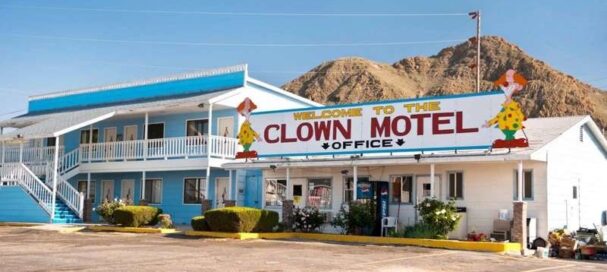
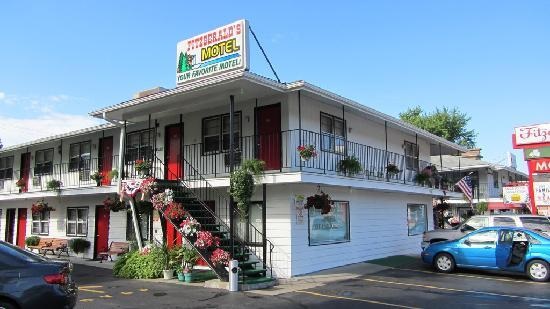

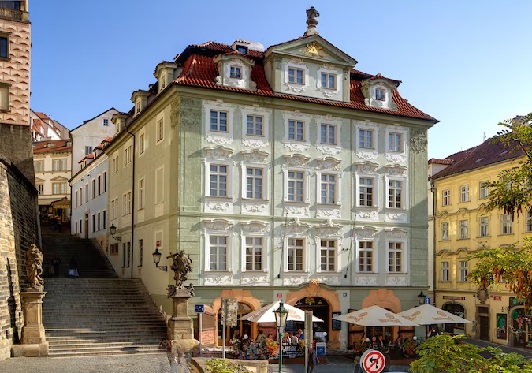
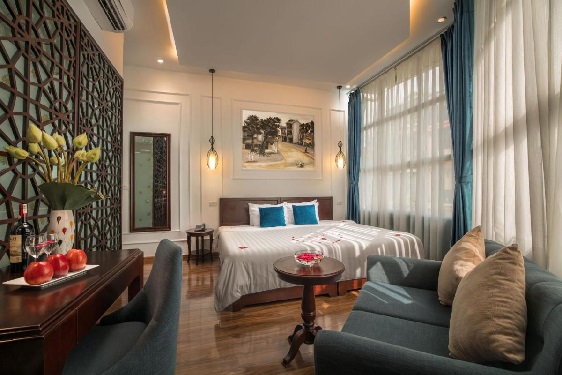

Hotel Stars
You run a hotel. Naturally you want to increase occupancy rates. If so, you may want to consider . . . knocking a star off your logo and even reduce rates.
Now why would anyone want to do that?
It’s because price and hotel-star category are factors in determining a visitor’s expectations.
And it turns out that, all else being equal, lower pre-visitation expectations lead to higher post-visit appraisals and vice versa. That according to Marta Fernandez-Barcala writing in the European Journal of Tourism.
Online Reviews
She and her team sought to identify the factors that determine or influence hotel reviews by guests.
For data, they turned to tripadavisor.com, a website that posts hotel assessments.
Here visitors can rate and comment on their hotel experiences. Their inputs on various criteria (eg, décor, cleanliness, lounge, room service) are averaged and summarized before being displayed online.
Factors
Fernandez-Barcala’s results showed that the age of facilities negatively correlates to the reported quality of a hotel by guests (i.e., the older the facility, the lower the ratings).
There was also a negative relationship between room rates and hotel star category, and quality appraisals, holding constant other factors.
In other words, the more expensive a hotel is and the higher its star category, the lower the guests rate them compared to cheaper, lower-stared hotels of similar quality.
3-Star, 4-Star, 5-Star
In her analysis, Fernandez-Barcala compared 3, 4 and 5 star hotels. The resulting coefficients become more negative the higher the star category, once other characteristics, including price and services, are controlled.
What this suggests is that guests relate quality with what they expect: the higher their expectations, the lower will be their satisfaction.
Hypothetical Situation
Another way of looking at this is to consider three, virtually identical hotels.
All are inherently “4-Stars”.
If the first hotel marketed and advertised itself as 4-stars, it would receive an average post-stay rating. If the second billed itself as 3-stars, it would get a more positive rating. If on the other hand, the third hotel promoted itself as 5-stars, it would have a more negative assessment.
Minimum Requirements
In order to be classified in a certain star category, hotels are required meet and maintain the minimum quality standards.
However a hotel is not obliged to take on a higher star rating even if it exceeds the minimum requirements of a higher category.
The reality is that hotels vary greatly in their mix of pricing, star-category, and above all, user-experience.
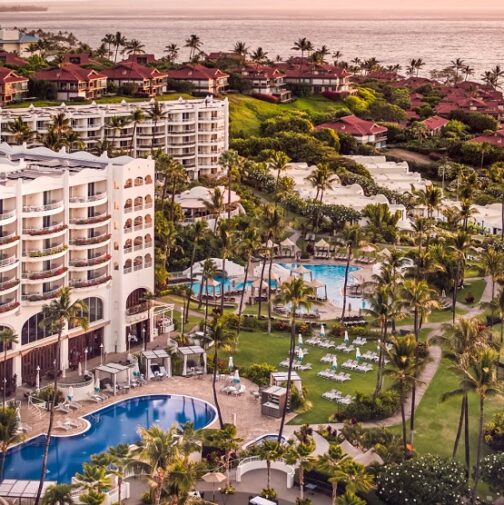



Questions
Tent. The main idea of the article is a review of luxury, 5-Star hotels. True or false?
Yurt, Ger. Where did the researchers gather their data?
Cabin. What is tripadvisor.com? How does it operate?
Trailer, Camper. Is there a relationship between the age of hotel facilities and guest evaluations?
Couchsurfing. Customer satisfaction with their hotel stay is based strictly on the cleanliness, charm, and beauty of the building and décor and the services provided. Is this right or wrong?
Hostel. Give examples of customer expectations and satisfaction, according to this text.
Motel. What is the message of this study? Have you heard of the adage “under promise and over deliver”?
Airbnb. I have stayed in many different hotels. Yes or no?
Bed and Breakfast. What was your best hotel experience? Why was it great? What was your worst hotel stay?
Inn. Do you access and use platforms such as tripadvisor.com, hostel.com, or booking.com?
Lodge, Chalet. Can you think of other examples of this study?
Hotel. Could you apply this to your company or organization?
